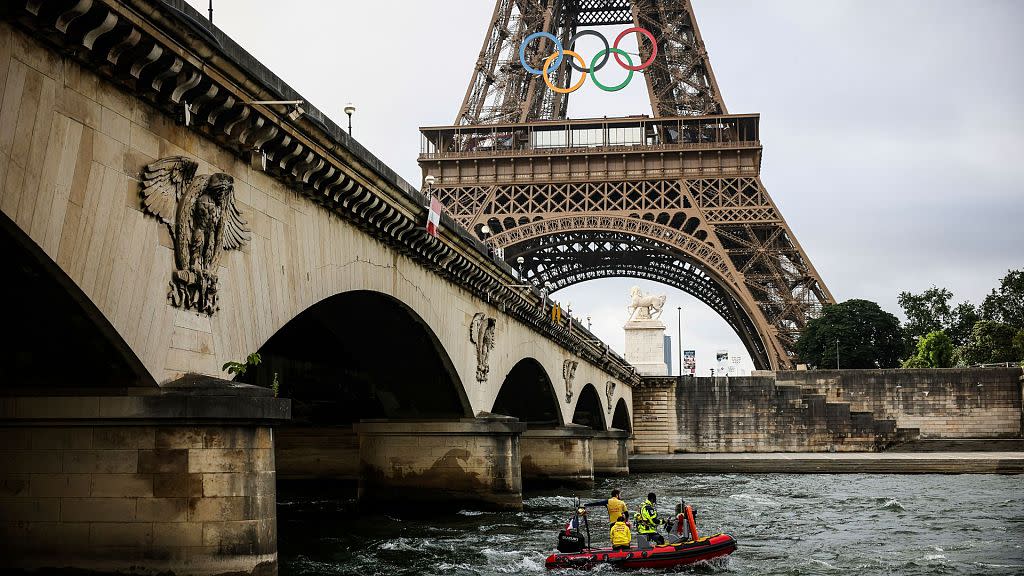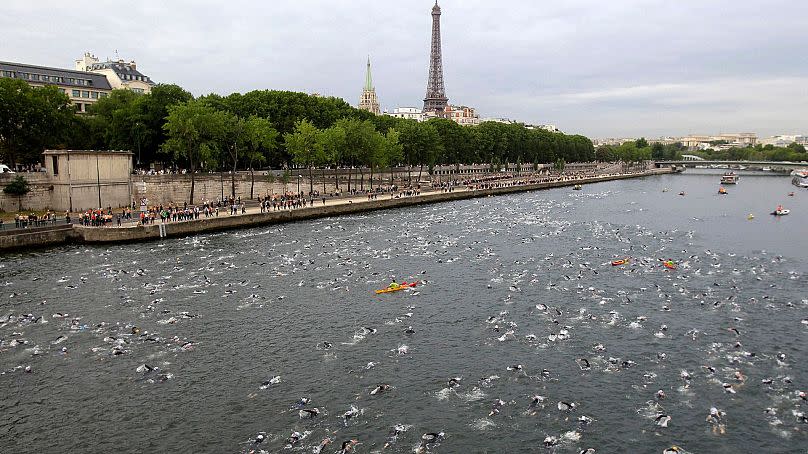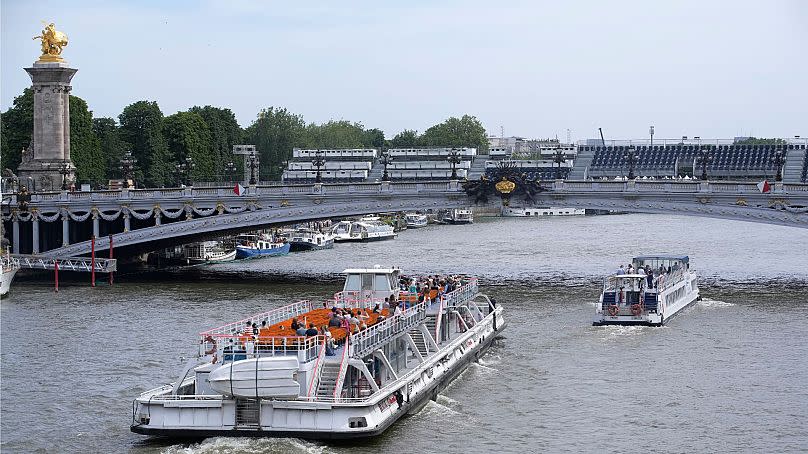Sewage in the Seine: New tests show the river remains unswimmable with three weeks to the Olympics

Paris 2024 is now only three weeks away - but some events and the Olympics opening ceremony remain in question thanks to ongoing sewage pollution in the River Seine.
The river is due to host competitions including the 10km freestyle and the triathlon. Following the Games, there are plans to keep the Seine swimmable for the general public, overturning a 100-year ban.
And the opening ceremony is due to feature international Olympic delegations cruising the river on boats - but yesterday’s rehearsal for the event was cancelled due to dangerous concentrations of faecal bacteria in the water.
This is according to new water analyses published on Friday by Paris City Hall.

Dangerous levels of faecal bacteria in the Seine - but that’s not all
Samples taken from the Seine between 18 and 20 June revealed worrying concentrations of E. coli and enterococci bacteria at levels that far exceed caps set by sporting officials.
There was 10 times more E. coli in the water than the maximum threshold set by the World Triathlon Federation and levels did not fall below the threshold at all during the test period. Enterococci levels were also unsafe.
Lionel Cheylus from environmental not-for-profit Surfrider Europe also tested the waters, highlighting the potential presence of other pollutants. “European regulations say that’s all that needs to be monitored. Just those two bacteria. Nothing about pharmaceutical, industrial or chemical pollution,” he told USA Today. “When you say, ‘Yes, this water is swimmable’, it only means those two bacteria.”
Removal of the bacteria is critical to the Games going ahead. Last year, swimming governing body World Aquatics shut down the Open Water Swimming World Cup after finding the Seine’s water “remained below acceptable standards for safeguarding swimmers’ health”.

Is this because of the ‘poop in the Seine’ campaign?
Election-embattled French president Emmanuel Macron and Paris mayor Anne Hidalgo were scheduled to take a dip on 23 June to prove the Seine is safe for swimming.
This sparked the social media campaign #JeChieDansLaSeineLe23Juin - politely translated to ‘I poop in the Seine on 23 June’.
Campaigners are protesting the reported €1.4 billion France has spent on cleaning up the river, the strain the Games will put on public transport and security, and the snap election called by Macron that has given the far-right National Rally party a boost.
Paris Olympics swimming test event cancelled over water quality fears
Swim the Seine: Paris plans river cleanup ahead of 2024 Olympics
Notably, both politicians backed out of the swim at the last minute, citing “political reasons”.
But official water samples were taken from the river before 23 June - so the results can’t be blamed on excess effluent from dirty protests.

So, what’s causing the dirty water?
“The quality of the water continues to deteriorate as a result of unfavourable hydrological conditions,” says a report issued by Parisian authorities, citing “rainfall, high flow, little sunshine, temperatures below seasonal norms and pollution from upstream”.
Months of wet weather have left the river flowing at four to five times higher than its usual level. Storms regularly overwhelm the city’s 19th-century sewer network, creating discharges of untreated effluent directly into the river.
Organisers are hopeful that the next three weeks will bring enough dry weather and sunshine to reduce the bacteria to acceptable levels.


